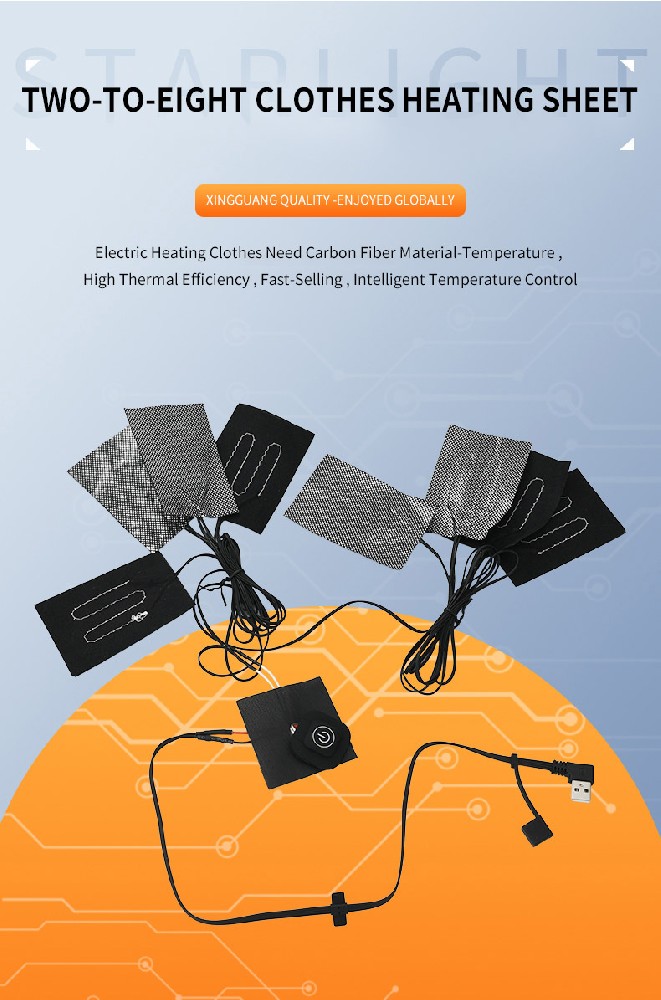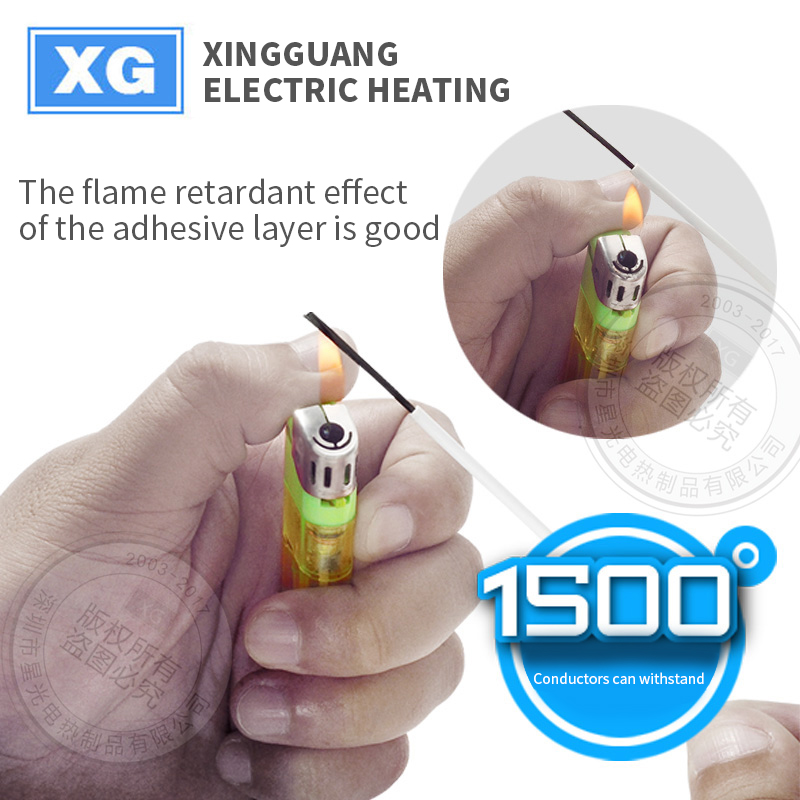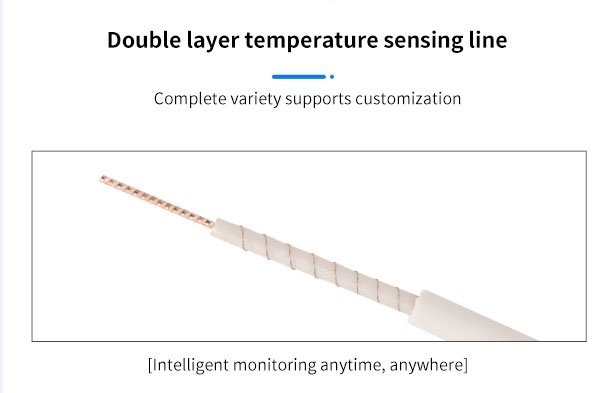Defects of heating silicone rubber cable
1. The working mechanism is unreasonable and the energy consumption is extremely high
(1) The defect of linear heating element
In order to achieve the effect of uniform ground heating, the heating cable must be repeatedly coiled under the ground . The purpose is to make the underground linear high-temperature body (cable temperature ≥ 65℃) , into a planar cryogenic body (ground temperature ≤ 40 ° C). Therefore, to achieve the same ground heating effect , the required power configuration requirements are higher (power configuration =180w/ m2) .
(2) The loss of line loss
Another disadvantage of heating cables is the line loss of electrical energy (amount). Since the heating element must exist in a coiled form, each additional bend in the wire will increase the loss of power transmission .
The principle is like a repeatedly bent water pipe , which must increase the water pressure.
The above two points determine the actual energy consumption of heating cables is high. As an example, a high-end apartment in Shanghai 165 square meters of residential, in 2005 after the installation of heating cables, its electricity bill in October for more than 2,000 yuan, to December after outdoor cooling, its electricity bill as high as 12,000 yuan.
2、The system control system reliability is poor
Because the heating cable itself is energized, the temperature of the wire will continue to rise (until it is blown). Therefore, the external temperature control system must be used to prevent the cable temperature from being too high and high temperature fusing .
So , all temperature controllers configured for heating cables are designed with two sets of temperature control systems. One is to control the indoor ambient temperature, and the other is to control the cable temperature (to prevent the cable from overheating). When one of the two temperature control systems meets the set requirements, the thermostat cuts off the power supply and the heating cable stops working.
This control mode of the heating cable , makes the safety of the entire system completely dependent on the quality of its supporting thermostat (rather than the product itself). Once the supporting thermostat fails, the entire system will inevitably collapse. If the ground cover material is not a flame retardant product, it will lead to irreversible huge losses for users.
3 、The requirement of surface cement covering layer is high
The essence of a heating cable is a wire. It is conceivable that underground lines of 65 ° C (or even higher) heat will bake the cement layer like knives as they work. What cement is afraid of is high temperature. High temperature will greatly weaken the strength of cement. General cement roadbed in order to prevent the summer sun exposure (when the surface temperature reaches 70 ° C) caused by the road cracking, need to lay a thickness of at least 14 cm of high grade cement .
Such laying conditions are difficult to achieve in general residential buildings. At the same time, the huge gravity generated by the cracking of the ground mud layer will make the ground tiles, marble and other materials crack together.
In addition, the high-temperature cable damage to the insulation board is also very serious . Due to the high temperature of the cable, the insulation board close to the edge of the cable will gradually melt . At this time , the cable will be long integrated into the insulation board, and gradually separated from the cement layer. Because the contact surface between the cable and the cement layer is reduced , the heat transmitted to the ground by the silicone rubber cable is also gradually reduced , which affects the heating effect of the floor heating and increases the energy consumption .
















